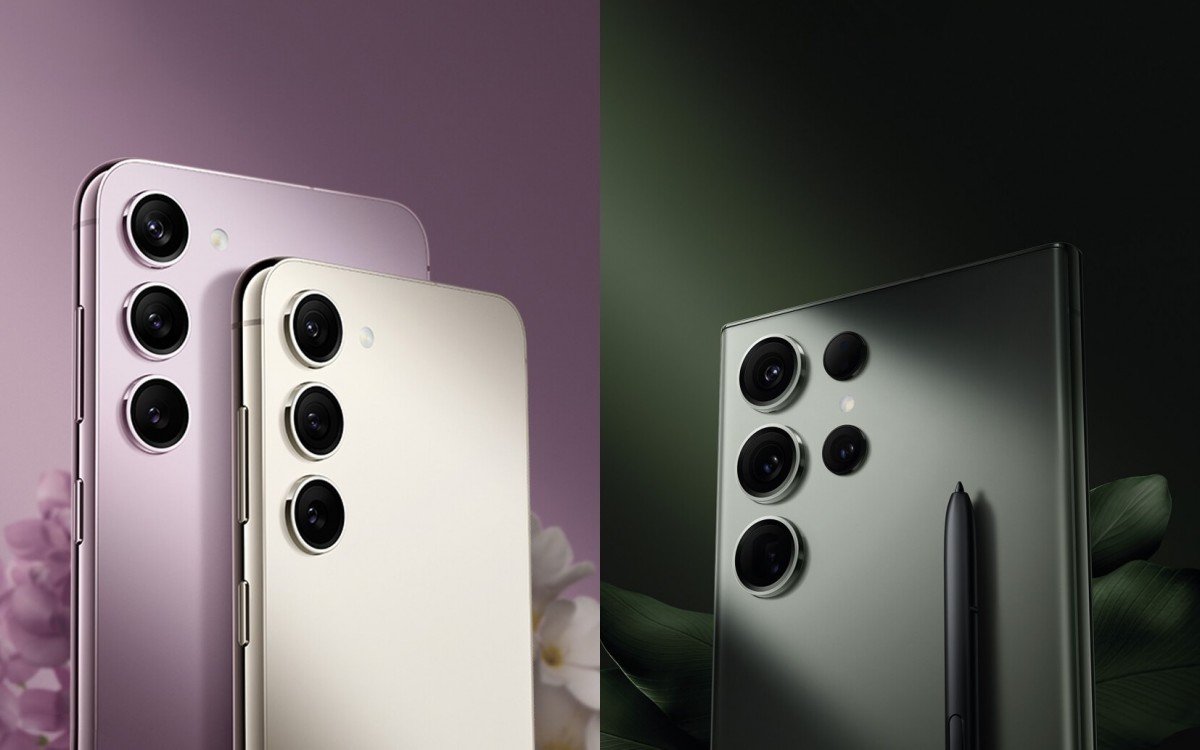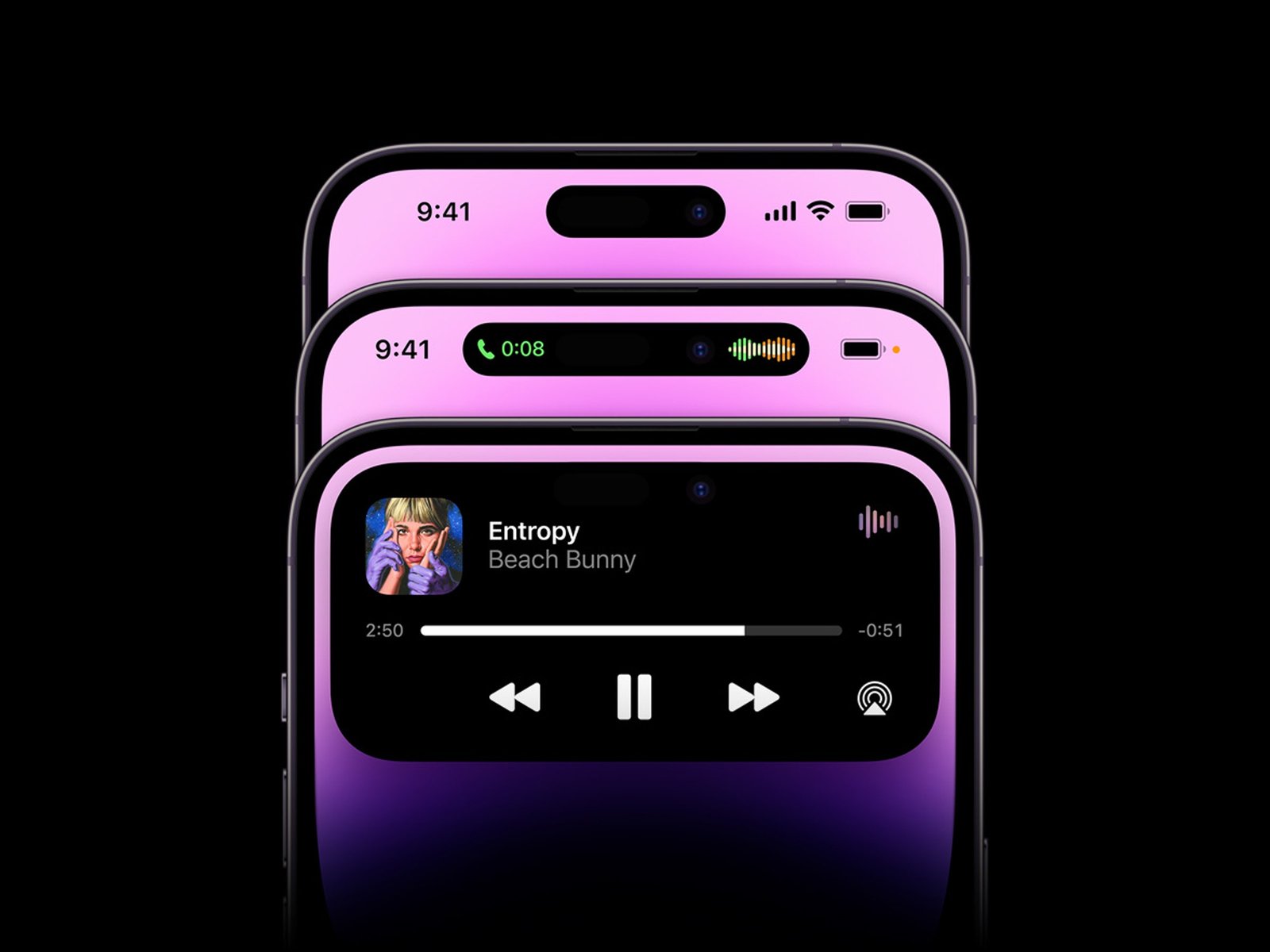Is the Samsung Galaxy S23 Ultra better than the iPhone 14 Pro Max? See how the top iPhone compares against Samsung’s new flagship.

The iPhone 14 Pro Max, which Apple released right off the bat, is one of the greatest smartphones available right now. The new cameras, Dynamic Island screen, and super-powerful yet efficient chipset in the iPhone make it a top smartphone.
The Samsung Galaxy S23 Ultra features its own custom chipset and upgraded cameras to go head-on with the iPhone 14 Pro Max. But that’s not the whole picture. Let’s dive in the comparison of those two beautiful devices!
Availability
Currently, you can purchase an iPhone 14 Pro Max for $1,099. Apple’s debut was delayed by supply chain issues, but those appear to have been resolved, so you can get your hands on an iPhone 14 Pro Max right away.
While we won’t know for sure how much the Galaxy S23 Ultra will cost until its release date, we can speculate that it will be around the same $1,199 that Samsung currently charges for the Galaxy S22 Ultra.
Price increases are rumored to be on the horizon for Samsung products in Europe and possibly other locations. Since the Ultra is already $100 more than the iPhone it’s competing with, we’re crossing our fingers that this won’t be the case.
Design

Comparing the iPhone 14 Pro Max to last year’s iPhone 13 Max, you might have difficulty identifying the differences. To accommodate the improved optics, Apple has expanded the iPhone’s camera bump on the back and replaced the notch with a new Dynamic Island housing for the front-facing cameras.
Space Black, Deep Purple, Silver, and Gold are the new color options for the iPhone 14 Pro Max. In general, however, Apple’s new phone follows the same flat-sided, matte glass-backed iPhone Pro design.
The new Samsung phone, the Galaxy S23 Ultra, appears to be nearly identical to the Galaxy S22 Ultra. You’ll still have a convenient way to draw and take proper handwritten notes on the go with an S-Pen. There are the same individual back cameras, squared-off profile, curved edges, and punch-hole selfie camera.
Additionally, the S23 Ultra’s height and width may have grown little, but we doubt consumers would even notice the change.
Screens: Samsung Galaxy S23 Ultra vs iPhone 14 Pro Max

The iPhone 14 Pro Max, like its predecessor the iPhone 13 Pro Max, has a 6.7-inch AMOLED screen with Super Retina XDR resolution and 120Hz adaptive refresh rate. It’s a stunning screen, with plenty of brightness and rich, true colors. The always-on display brings the iPhone 14 Pro Max’s screen quality up to par with that of the greatest Android phones.
The Galaxy S23 Ultra features a 6.8-inch adaptive 120Hz display with the same Quad HD Plus (QHD+) resolution as the S22 Ultra. There has been speculation that Samsung will improve the screen in some way, however, details are few.
Samsung’s new Ultra Dynamic Range (UDR) panel can reach a peak brightness of more than 2,000 nits, making it one of the brightest displays ever introduced. However, it’s possible that this screen didn’t make it in time to be used in the Galaxy S23 series. Recent speculation suggests the Galaxy S23 Ultra will maintain the same maximum brightness of 1,750 nits as its predecessor.
Cameras: Samsung Galaxy S23 Ultra vs iPhone 14 Pro Max
The Galaxy S23 Ultra’s camera hardware is one area in which it will continue to shine in comparison to Apple’s major opponent. Samsung has produced a new bespoke 200MP ISOCELL HP2 primary camera sensor with 0.6-micron pixels specifically for its 2023 flagship phone, the Galaxy S23 Ultra.
Even though the iPhone 14 Pro Max has a 48MP sensor (after years of Apple using 12MP cameras), it will be no match for the S23 Ultra in terms of sharpness and resolution.
The S23 Ultra’s pixel size increases to 1.12 microns in low light, allowing for 50MP photographs with greater light sensitivity, and the camera introduces an even larger, 2.4-micron binned virtual pixel by combining 16 pixels into one, allowing for 12.5MP photos to be taken at night. According to Samsung, this setup will enable users to capture clear images in a wide range of lighting conditions.
The front-facing camera on the Galaxy S23 Ultra will be 12 megapixels (the same sensor will be included in the other S23 variants). While there is a decrease in megapixels compared to the S22 Ultra’s 40MP sensor, the front-facing camera features a Pro mode and enhanced night photo features.
Performance
So far as benchmarks are concerned, the Snapdragon 8 Gen 2 chip appears to be on par with the Apple A15 processor in the iPhone 14, at least in multi-core results, and it only loses out to the new Apple A16 in the 14 Pro Max in the multi-core count, but it meets and even beats the A16 in gaming performance as it stays cooler under gaming pressure.
However, the Galaxy S23 Ultra may receive a customized version of the Snapdragon 8 Gen 2 dubbed Mobile Platform for Galaxy, with a higher clock speed than the standard 3.2 GHz version that Qualcomm disclosed. While not quite as high as the 1521/4689 score seen on Geekbench previously, this may represent the absolute peak performance of Snapdragon 8 Gen 2 devices.
Our benchmarks show that any phone with Snapdragon 8 Gen 2 will make significant improvements. Using a Qualcomm-provided reference device, we found that the Snapdragon 8 Gen 2-powered handset outperformed the iPhone 14 and its A15 Bionic processor on some benchmarks;
The Galaxy S23 Ultra will run Android 13 with Samsung’s One UI 5 on top, while the iPhone 14 Pro Max uses iOS 16. The two operating systems are significantly different from one another, so picking one over the other comes down to familiarity and preference.
Battery life and charging speed: Samsung Galaxy S23 Ultra vs. Apple iPhone 14 Pro Max
We know that the iPhone 14 Pro Max features a 4,323 mAh capacity, with 20W wired charging and 15W MagSafe wireless charging. The S23 Ultra will feature the same 5,000 mAh battery as its predecessor. The S23 Ultra is more likely to keep the 45W charging capabilities Samsung announced with the S22 Ultra, although a minimum of 25W charging is to be expected.
While the iPhone 14 Pro Max’s battery life is impressive, the Galaxy S23 series is projected to improve in this regard thanks to the use of a new Snapdragon 8 Gen 2 CPU built on a second-generation 4nm technology and the introduction of a new generation of LTPO OLED panels.
But the iPhone 14 Pro Max outlasted the Galaxy S22 Ultra in some of our battery benchmark tests, so the Galaxy S23 Ultra will likely struggle to match the iPhone’s longevity.
Fast charging is where the Galaxy S23 Ultra would really shine in comparison to the best iPhone. While Samsung’s 45W charger isn’t as fast as the ones seen in Chinese flagship phones, it still only takes approximately an hour to fully charge a 5,000 mAh battery.
Again, Samsung comes out on top when compared to Apple in terms of charging durations; the iPhone 14 Pro Max’s maximum 27W charging for a smaller unit takes approximately two hours.
Summary
When comparing the Samsung Galaxy S23 Ultra and the iPhone 14 Pro Max, there is little doubt that we are looking at the two best smartphones of 2023.
Even Apple ecosystem devotees may find themselves persuaded to make a switch. A more ergonomic design with an integrated S Pen stylus and internal enhancements such as a new 4nm processor would make Samsung’s 2023 flagship competitive with the iPhone.
The Galaxy S23 Ultra features the largest camera sensor in an S-line phone to date, as well as the latest 5G modem from Qualcomm, something the iPhone lacks.
Don’t even get us started on the Galaxy S23 Ultra’s far faster battery charging abilities or its superior optical zoom compared to the stale 3x telephoto of the iPhone 14 Pro Max that has been Apple’s modus operandi for years on end.
Even though the Galaxy S23 Ultra is slightly more expensive than the iPhone 14 Pro Max, it remains to be seen whether or not the Galaxy S23 Ultra will be able to make a dent in Apple’s market share.